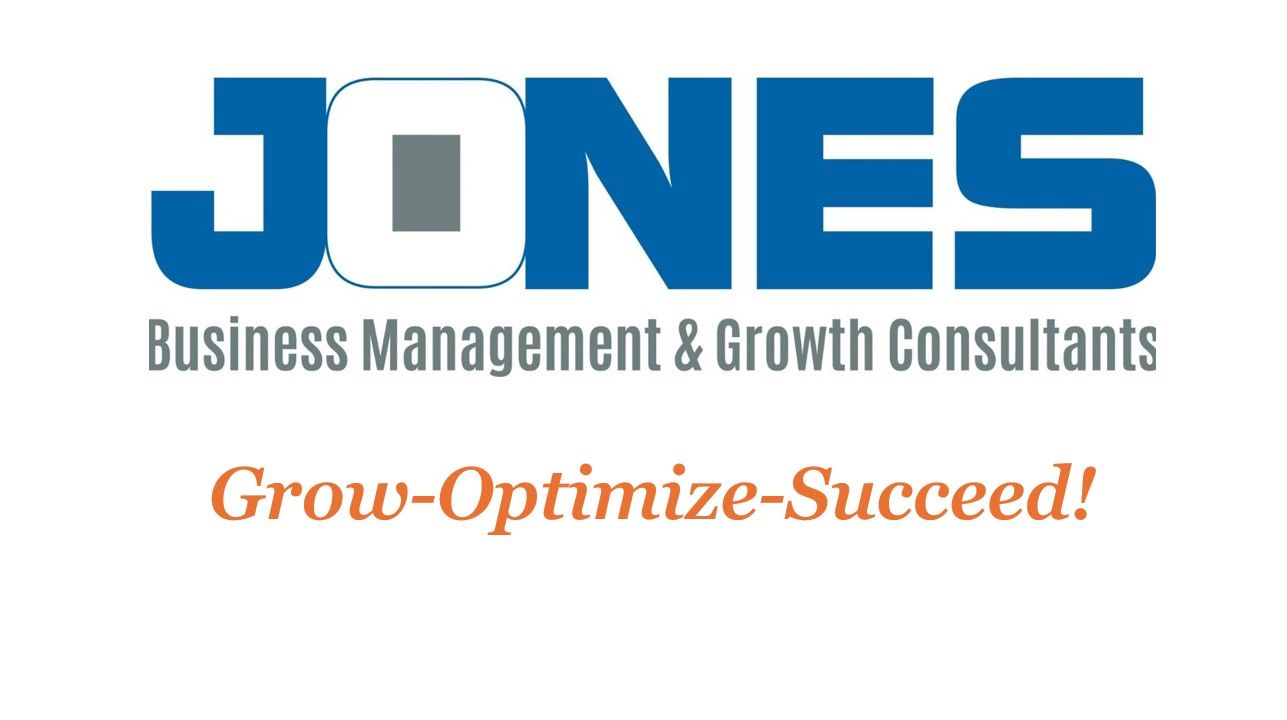Recognizing and Addressing Systemic Process Failures: Where to Begin When Everything Seems Broken
Identifying the deep-rooted issues in your organization and taking the first steps toward lasting change.

In the previous blog, we explored what Systemic Process Failures are and how they differ from Cascading System Failures. Systemic failures are the result of deep-rooted, pervasive issues that affect multiple areas of an organization, making them challenging to resolve. But recognizing when your organization is experiencing a systemic failure and knowing how to address it is critical for long-term success.
In this post, we’ll discuss how leaders can identify systemic process failures and outline the first steps toward turning things around.
How to Recognize a Systemic Process Failure
Identifying a Systemic Process Failure isn’t always easy. Unlike a single breakdown that has a clear starting point, systemic failures are often woven into the fabric of how your organization operates. Here are some signs that your organization may be suffering from systemic issues:
- Recurring Problems Across Multiple Departments: One of the clearest indicators of a systemic failure is when similar issues keep popping up across different teams or departments. If customer complaints, low employee morale, or inefficiencies occur in several areas, it’s a sign that the problem is bigger than any one department.
- Poor Communication Between Teams: A hallmark of systemic issues is a lack of effective communication. Teams often work in silos, unaware of how their work impacts other departments. Miscommunication leads to wasted effort, duplicated work, and costly mistakes.
- Resistance to Change: If your organization has tried to implement changes but met with resistance or apathy, it may indicate a deeper cultural problem. Systemic failures are often supported by entrenched behaviors and practices that are difficult to shift.
- High Employee Turnover and Low Morale: Persistent turnover is often a symptom of an unhealthy organizational culture. If employees are disengaged, underappreciated, or feel unsupported, they are more likely to leave, perpetuating the cycle of failure.
- Multiple Short-Term Fixes with No Lasting Results: If your company is constantly patching up problems with temporary fixes, only to have new issues arise, it’s a sign that the root causes aren’t being addressed. Short-term solutions may keep the business afloat, but they won’t fix underlying systemic problems.
First Steps to Address Systemic Failures
Once you recognize that your organization is dealing with a systemic failure, it’s time to take action. However, systemic issues can’t be fixed overnight or with a single initiative. They require a comprehensive, long-term approach that addresses multiple facets of the business. Here are the first steps to get started:
1. Conduct a Thorough Diagnosis of the Problem
Start by analyzing every aspect of the organization’s operations. Talk to employees at every level—management, front-line workers, and support teams—to understand their experiences and perspectives. Look for common themes in the challenges they face, and identify patterns that point to deeper systemic issues.
- Ask questions like: Are processes aligned with business goals? Is there a communication gap between teams? Do employees feel empowered to make decisions?
Use this diagnostic phase to uncover root causes rather than symptoms. For example, if employees in multiple departments are disengaged, it may indicate that there’s a leadership problem or a disconnect between company values and daily operations.
2. Acknowledge the Role of Leadership
Leaders play a critical role in creating or perpetuating systemic failures. Whether through direct action or neglect, leadership’s influence shapes the organization’s culture, processes, and overall environment. It’s important for leaders to take responsibility and acknowledge their part in the failure.
This step requires humility. Leaders must be willing to step back, recognize where they may have contributed to the problem, and be open to feedback from all levels of the organization.
- Consider asking: How have leadership decisions contributed to the current problems? Is leadership fostering a culture of accountability and improvement?
3. Prioritize Cultural Change
Systemic process failures are often tied to the organization’s culture. If the culture fosters poor communication, resistance to change, or a lack of accountability, it must be addressed first.
Start by promoting a culture of transparency and collaboration. Break down silos and encourage cross-functional teamwork. Ensure that employees feel safe providing feedback, voicing concerns, and suggesting solutions. Culture change must be driven by leadership but adopted by everyone.
- Focus on initiatives like: Open forums, regular team check-ins, and cross-departmental projects that force teams to work together and build trust.
4. Revamp Processes and Structures
Once you’ve diagnosed the root causes and initiated cultural changes, it’s time to address specific processes that contribute to the systemic failure. This may involve restructuring teams, overhauling workflows, or implementing new technologies to streamline operations.
- Focus on key questions: Are there inefficiencies in the way work is assigned or completed? Do teams have the tools and support they need to succeed? Are there clear metrics for success and accountability in place?
By improving processes and structures, you create a more efficient and aligned organization that can work together to achieve business goals.
5. Commit to Long-Term Change
Fixing a Systemic Process Failure takes time, and it requires a commitment to continuous improvement. Leaders must create a long-term plan with clear objectives and milestones, regularly evaluate progress, and be willing to adjust strategies as needed.
This isn’t about quick wins—it’s about setting the organization on a sustainable path forward. Communicate regularly with your teams about the progress being made and celebrate successes along the way. Transparency will help build trust and reinforce the commitment to positive change.
- Remember to ask: What long-term strategies can we implement to prevent future systemic failures? How will we track progress and ensure we stay accountable?
Conclusion: Recognizing When the System is the Problem
Systemic Process Failures are some of the hardest organizational challenges to overcome because they are embedded in the organization itself. But by recognizing the signs of systemic failures, diagnosing the root causes, and committing to cultural and structural changes, organizations can overcome these challenges and create a more resilient and successful future.
Addressing systemic failures is not just about fixing processes; it’s about transforming the way the organization operates at its core. Leaders must be willing to take a hard look at how their decisions, culture, and systems have contributed to the breakdown—and then make the necessary changes to build a healthier, more aligned organization.
In the next blog, we’ll delve into how leaders can foster an Accountability-Driven Culture to prevent systemic and cascading failures alike, by creating an environment where individuals and teams take ownership of their roles in the organization’s success.
#LeadershipLessons
#BusinessGrowth
#ProcessImprovement
#CascadingFailures
#AccountabilityMatters
#OrganizationalSuccess
#BusinessStrategy
#FailurePrevention
#TeamworkAndAccountability
#ContinuousImprovement










